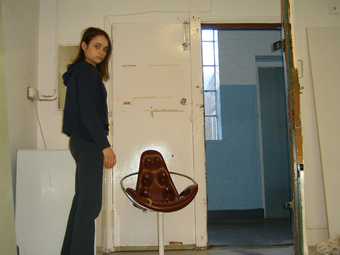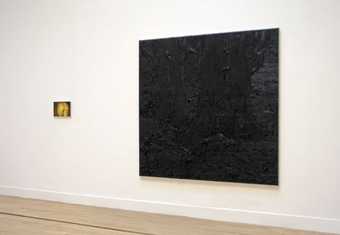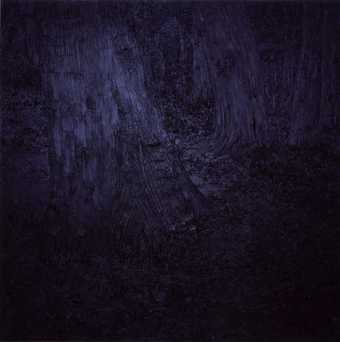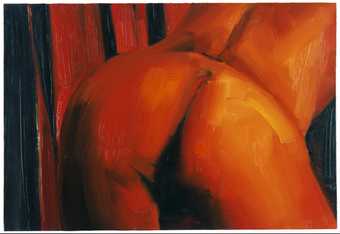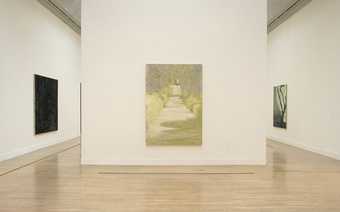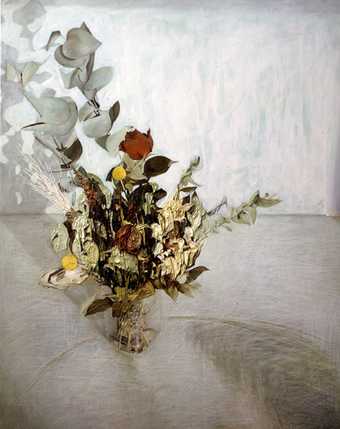Gillian Carnegie works within traditional categories of painting - still life, landscape, the figure and portraiture – with a highly accomplished technique. Yet while apparently following the conventions of representational painting, Carnegie challenges its established languages and unsettles its assumptions.
Carnegie often works in series, returning to the same subject but varying her approach each time. Her ongoing series of ‘bum paintings’ are experiments in composition, light, colour and technique. In other works, Carnegie capitalises on the tension between subject and medium, her brush strokes both affirming and contradicting what they depict. In Waltz I 2005, part of her ongoing series of still lifes, the background drapery breaks down into broad, crude brushstrokes which threaten to overwhelm the carefully worked vase. In Section 2005 the eye is drawn back to the image surface through incongruous marks that seem to serve no descriptive function other than to confuse our perception of space.
Carnegie takes this complex interplay between subject and medium to an extreme in her series of black paintings. These night-time woodland scenes, constructed almost in relief from thickly applied paint, refer explicitly to Kazimir Malevich’s infamous Black Square painting of 1913. But Carnegie offers a retort to the macho, modernist tradition of the monochrome by planting a landscape at its heart. Despite her dingy palette and quiet imagery, her works have a charged energy that brings attention back to the personality manipulating the paint.

